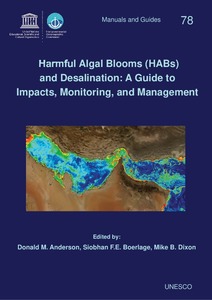Case histories for Harmful Algal Blooms in desalination.

View/
Average rating
votes
Date
2017Author
Boerlage, Siobhan F.E.
Dixon, Mike B.
Anderson, Donald M.
Status
Published
Metadata
Show full item recordAbstract
Algae have long been an issue impacting desalination plant operation in areas prone to algal
blooms or where macroalgae (seaweeds) and detritus became dislodged from the seabed.
Previously and still today, operators and designers may elect to turn down production or shut
down SWRO plants, if contract obligations allow, when blooms are infrequent or of short
duration. Alternatively, in areas subject to frequent and prolonged blooms, additional
pretreatment such as conventional dissolved air flotation (DAF), hitherto designed for
brackish water applications, began to be employed as early as 1995.
The unprecedented 2008/2009 bloom of Cochlodinium polykrikoides in the Gulf of Oman
and the Gulf1, brought algal blooms to the fore in the desalination industry. SWRO plant
shutdowns were up to four months long as pretreatment processes struggled to remove the
increased biomass and produce the required RO feedwater quality. Apart from a few
exceptions, thermal desalination plants cont.....
Title of Report
Harmful Algal Blooms (HABs) and Desalination: a Guide to Impacts, Monitoring and Management.Editor(s) of Report
Anderson, D.M.Boerlage, S.F.E.
Dixon, M.B.
Page Range
pp.333-464Publisher
Intergovernmental Oceanographic Commission of UNESCOParis, France
Series;Nr
Intergovernmental Oceanographic Commission Manuals and Guides;78Document Language
enSustainable Development Goals (SDG)
14.1Best Practice Type
ManualCitation
Boerlage, S. F.E.; Dixon, M. B. and Anderson, D. M. (2017) Case histories for Harmful Algal Blooms in desalination. In: Harmful Algal Blooms (HABs) and Desalination: A Guide to Impacts, Monitoring and Management. (eds. Anderson D. M.; Boerlage, S. F. E. and Dixon, M.B.). Paris, France, Intergovernmental Oceanographic Commission of UNESCO, pp.333-464 (IOC Manuals and Guides No. 78). DOI: http://dx.doi.org/10.25607/OBP-316Collections
 Repository of community practices in Ocean Research, Applications and Data/Information Management
Repository of community practices in Ocean Research, Applications and Data/Information Management